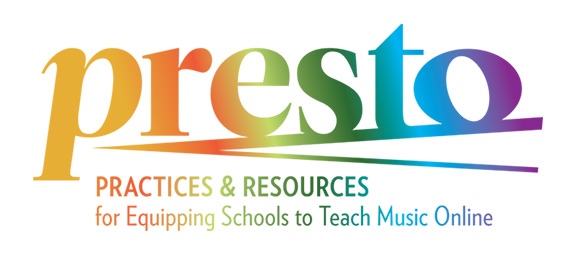In a singing and choral context, a well-supported sound ensures that the natural, characteristic resonances within our voices are enhanced. This produces a richer tone and connects all registers of the voice. Spectrograms supplement discussion and practice by visually representing the difference between a supported and unsupported sound. This video introduces the concept of Singing with Full Voice by exploring spectrographic representations of supported singing that is reinforced by good breath management and tone, and instances when unsupported singing impacts resonance and tone quality, e.g., pitch inflection, loss of momentum, onset issues, tension, breathy tone, etc.
Video Chapters:
What is singing with Full Voice? What do Supported and Unsupported singing look like?
When you have viewed the video, click on the audio extracts referenced in this video so that you can recreate these examples or interact with them in other ways.
A practical activity and game called Comparing Supported and Unsupported Singing has been developed to help you and your singers explore how spectrograms support our understanding of what happens when we sing with supported and unsupported voices. Interactions with spectrograms during this activity supplement discussion on breath management and its relationship to creating balance and blend in a choir. Click on the ‘Activity’ button to access these materials.
If you have not yet explored Sonic Visualiser or how spectrograms work, go to our introductory video Introduction to Spectrograms and download our Getting Started with Spectrograms user guide. This will make engaging with the contents of this video and the accompanying activity more fruitful.
Below, you will find a series of video resources, each one accompanied by activities and audio samples for you to practise, demonstrate and explore:
Created & Produced by Dr Barbara Dignam as a resource for the Visualising Vocal Sound using Spectrogram Technology element of the PRESTO project.
Dublin City University, Ireland

